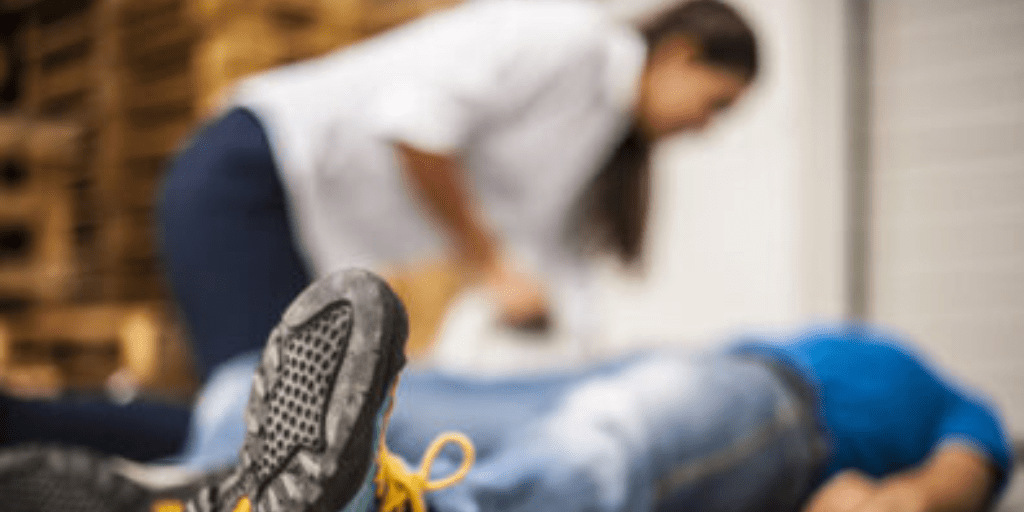Premises Liability Lawyer
Welcome to our latest blog post, where we’ll explore a pivotal aspect of premises liability cases: proving negligence. Whether you’ve slipped and fallen in a store, encountered unsafe conditions in a public space, or dealt with other property-related accidents, understanding how negligence is established is essential for seeking justice and compensation. In this concise guide, our friends at Fassonaki Law Firm, P.C. delve into the core strategies that underpin successful premises liability claims. By the end, you’ll have a clearer grasp of the key approaches that can lead to triumph in these challenging cases.
Understanding Negligence in Premises Liability Cases
Understanding negligence in premises liability cases is fundamental to navigating the legal landscape surrounding accidents that occur on someone else’s property. Negligence in premises liability refers to the failure of a property owner to meet their duty of care towards visitors and guests. This duty entails maintaining reasonably safe conditions and addressing potential hazards that could foreseeably lead to accidents or injuries. To establish negligence, it’s crucial to demonstrate that the property owner breached this duty, directly causing the accident and resulting in harm to the injured party.
Elements of Negligence in Premises Liability Cases
Here are the four essential elements of negligence in premises liability cases, along with real-life examples to illustrate each element:
- Duty of Care:
Duty of care refers to the legal obligation a property owner must maintain safe conditions on their premises for visitors and guests.
- Breach of Duty:
Breach of duty occurs when a property owner fails to fulfill their duty of care by not taking reasonable steps to prevent or address hazards on their premises.
- Causation
Causation involves establishing a direct link between the breach of duty and the injuries sustained by the victim.
- Damages
Damages refer to the actual harm, injuries, or losses suffered by the victim as a result of the accident caused by the property owner’s negligence.
Key Strategies for Proving Negligence
- Establishing Duty of Care
In order to successfully prove negligence in premises liability cases, the first crucial step is establishing the duty of care owed by the property owner to the injured party. It’s essential to distinguish between different types of visitors, such as invitees (customers or clients), licensees (social guests), and even trespassers.
- Demonstrating Breach of Duty
Once the duty of care is established, the focus shifts to demonstrating a breach of that duty. This involves proving that the property owner failed to uphold their responsibility to maintain reasonably safe conditions.
- Establishing Causation
Causation is a pivotal element in proving negligence. It’s necessary to establish a direct link between the breach of duty and the injuries sustained by the victim.
- Proving Damages
Proving damages is essential to establish the extent of harm suffered by the victim. Highlight the importance of documenting injuries and losses comprehensively, as this evidence will play a critical role in determining the compensation owed.
Gathering and Presenting Evidence
- Documenting the Scene
Preserving evidence at the accident scene is crucial for building a strong premises liability case. Encourage individuals to take clear and comprehensive photographs that capture hazardous conditions, lack of warnings, and any visible injuries. Advising them to photograph the scene from various angles and distances can help create a more accurate visual record.
- Witness Statements
Eyewitnesses can provide essential insights that validate the events leading up to the accident. Explain the role of eyewitnesses in corroborating the victim’s version of events and strengthening the case’s credibility. Offer guidance on how to approach potential witnesses respectfully, without putting them on the spot or influencing their accounts. Suggest open-ended questions to help witnesses recall specific details and emotions.
- Expert Testimony
Expert witnesses, such as medical professionals and engineers, can significantly strengthen the case for proving negligence. They possess specialized knowledge of connecting the hazardous conditions to the victim’s injuries. Medical experts can help establish a direct link between the accident and the sustained injuries.
Common Challenges and How to Overcome Them
Some common defense strategies property owners might use include:
- Comparative Negligence
Property owners may argue that the victim’s actions contributed to the accident, thus reducing their own liability. This defense strategy asserts that the victim’s negligence played a role in causing their injuries.
- Assumption of Risk
Property owners might claim that the victims willingly exposed themselves to a known risk, absolving them of responsibility for the resulting injuries.
- Lack of Notice
Property owners may argue that they were unaware of the hazardous condition and therefore could not have taken action to prevent the accident.
- Contributory Negligence
Some jurisdictions apply the principle of contributory negligence, where even a slight contribution to an accident by the victim could bar them from recovering any compensation.
In the realm of premises liability cases, establishing a duty of care, demonstrating a breach of duty, establishing causation, and proving damages are necessary. Each element plays a vital role in constructing a compelling argument that holds property owners accountable for maintaining safe premises. However, navigating these complexities requires more than just knowledge; it demands the expertise of legal professionals who understand the nuances of the law and the art of persuasive presentation.

